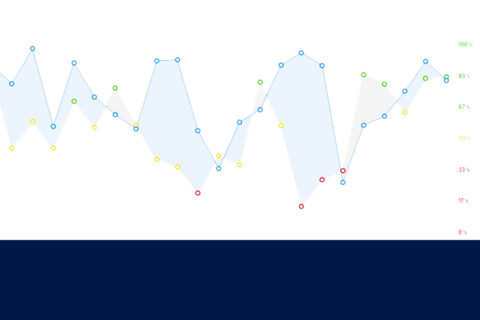We explore whether Strava and other new training apps can make you faster, and how to effectively fit them into a structured training plan.
We explore whether Strava and other new training apps can make you faster, and how to effectively fit them into a structured training plan.






